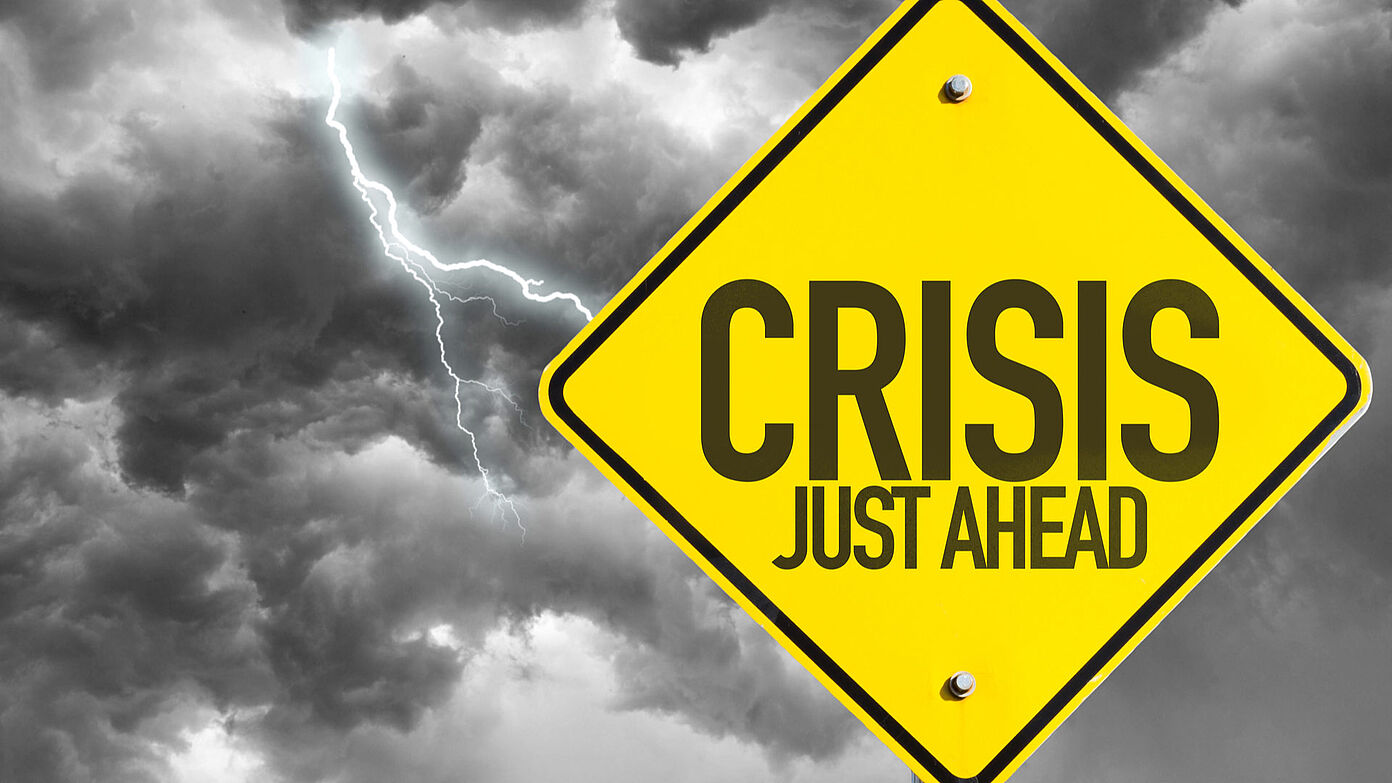Crises, rising raw material prices, collapsing exchange rates, insolvent suppliers - purchasing has to react quickly
March 2020 - as a member of a task force at an automotive supplier, we are concerned with the issue: how do we deal with insolvent suppliers? Since then, the crises that purchasing has to deal with have not become less. On the contrary. Besides the pandemic, purchasing is struggling with the collapsed supply chains, for example, due to the flood in the Suez Canal. And only recently I read in an article that production in China has to be stopped again because there is a power shortage there. Crisis management is the order of the day in purchasing.
Purchasing must react quickly and with foresight in order not to get bogged down in the crises. What I would like to emphasise at this point is that we especially need buyers with a flair for crisis management. In the task force I mentioned at the beginning, the focus was on critical suppliers who were on the verge of insolvency. Our task was to take a closer look at the supply chain and focus on it.

Shutterstock.com | ESB Professional
Practical experience - open dialogue and realistic assessment
What did we do? First, we took a closer look at the top 15 suppliers. At one point or another, this even went so far that the supplier was offered financial support to get out of his liquidity bottlenecks. Watching helplessly as a supplier slid further and further into crisis was of course not an option. It certainly played a role that we were active in the automotive sector. There, no one can afford to cause a production standstill at an OEM, i.e. an automotive supplier that delivers to an automobile manufacturer, such as BMW, Audi, Daimler, etc. In our task force, we quickly realised that it was extremely important to get close to the suppliers, to enter into dialogue with them, to address things openly and, on the other hand, also to give the supplier the opportunity to talk about his concerns and problems. I have rarely experienced such an open approach to problems as in the current crisis situation in the automotive industry. However, this project also required a realistic assessment of the critical suppliers. Are they threatened with over-indebtedness? How high is the probability of insolvency? What are the indicators for this? The central question was: "Where is the supplier now?" We set up an indicator checklist to be able to ask this at regular intervals. One learning here was how important it is to have a meticulous knowledge of the commodity group.
Check specifications and technical data
It is hard to believe what follows now. We had a case where we had a technical specification within a product group of a drawing part. The product has been bought for 30 years. The person who originally designed it had long since retired. There was vague information about what specifications this part should have, but in the end nobody really knew. Such gaps in knowledge, especially in a situation where the supplier has been classified as critical, are clearly aimed at the need to establish a second source of supply. At the very latest, it is then necessary to check specifications and technical data. Purchasing alone cannot take on this task, which is why in our task force someone from the production area, operations, the quality area and at times also from controlling was present at the team meetings. Such projects can only be managed if everyone pulls together, because keeping an eye on the specifications also cost us a lot of time.
Identify "killer products" and rely on several suppliers
In tenders, my clear recommendation is, after you have looked at the specifications, to identify the A-products that can really become "show killers" if production at your supplier stops. This can be implemented in almost any industry and does not only apply to the automotive industry. You need three top suppliers. Prioritisation should always be kept in mind when supply bottlenecks are imminent. I always like to talk about the Big Five in purchasing (price, service, technology, quality, sustainability), which should not be neglected even despite a crisis. And in technology, of course, there is also innovation. This means that despite crisis management, you should always have a sense of how to counteract supply bottlenecks together with a cross-functional team and keep an eye on all the other points.
It can happen that one or the other top supplier files for insolvency. If this situation occurs, it is helpful to act with foresight. As soon as creditors are on board or you are abroad, this becomes increasingly difficult. If certain indicators point towards impending insolvency, it is also important to check in good time who owns the machines and tools. This may sound banal, but we have already had to make the experience that there was a lack of tools, identification and inventory labels, and that there was little or no possibility of getting the machines out from an upstream supplier.
A feel for things instead of a sledgehammer
In crises there is always a tense atmosphere, which is why it is important to have a feeling for the extent and effects. In my opinion, this is much more effective in crisis management than using the sledgehammer method. Buyers with a sense of the situation, who can find solutions and also talk to suppliers at eye level, are worth their weight in gold.
If you too are currently struggling with a crisis, let's talk and find a solution. You can now learn more about this and other topics for future-proof strategies in purchasing in my brand new podcast - listen in now.